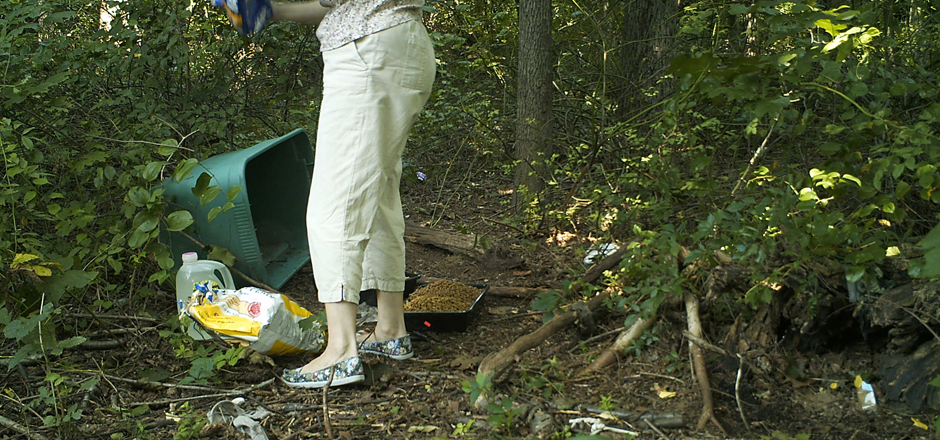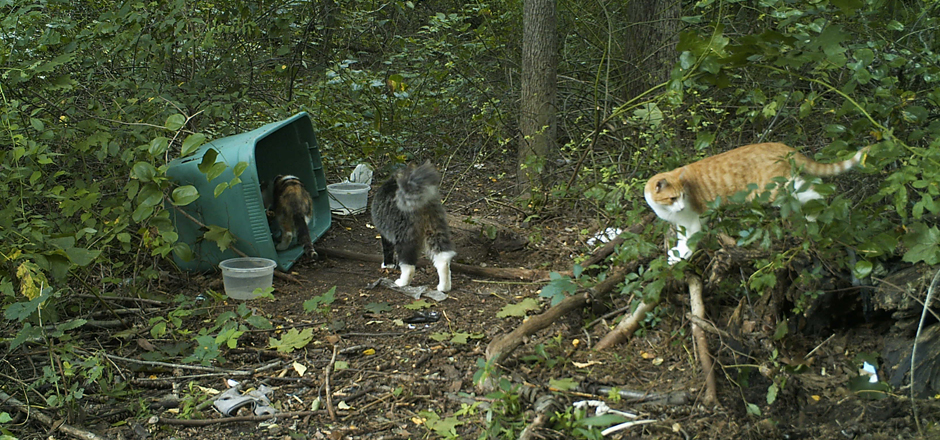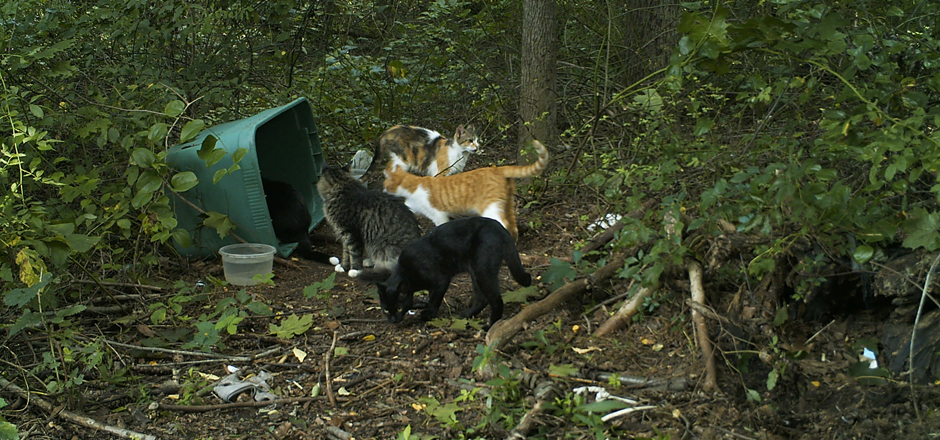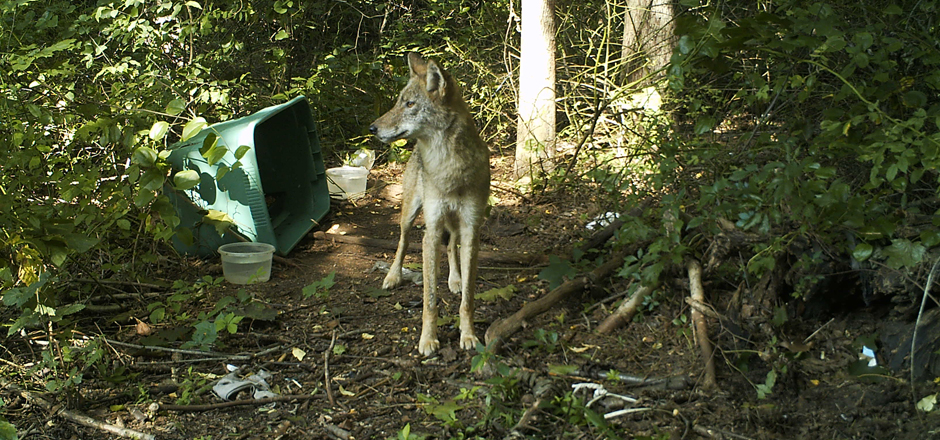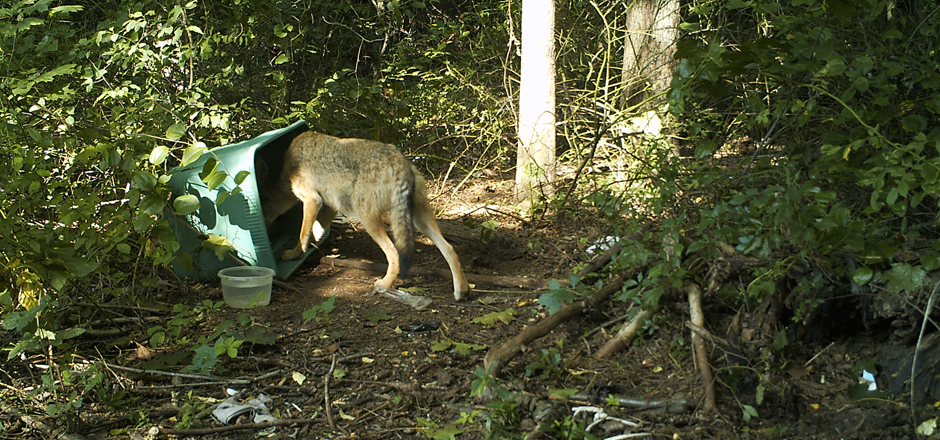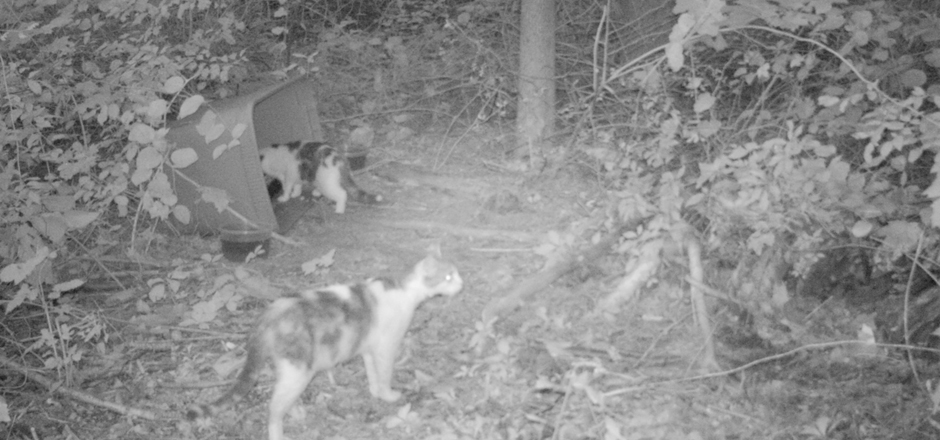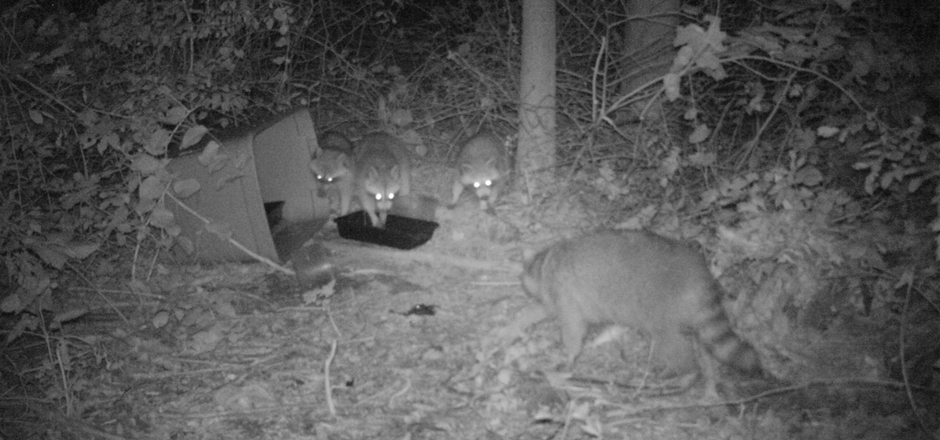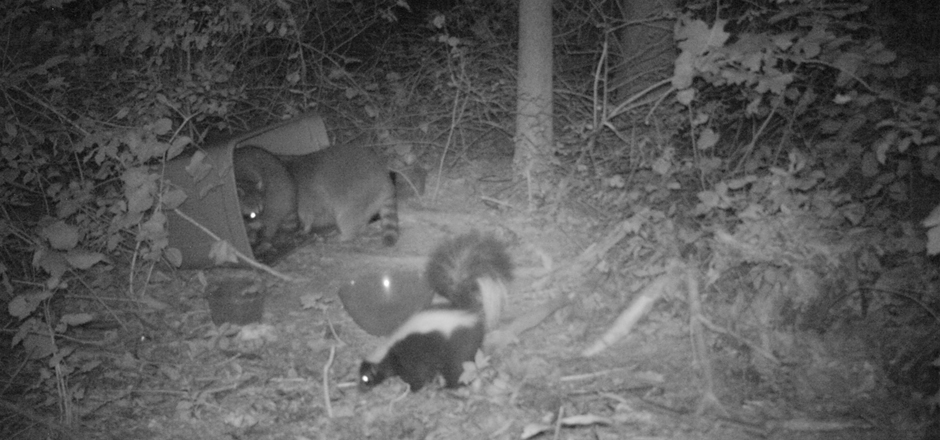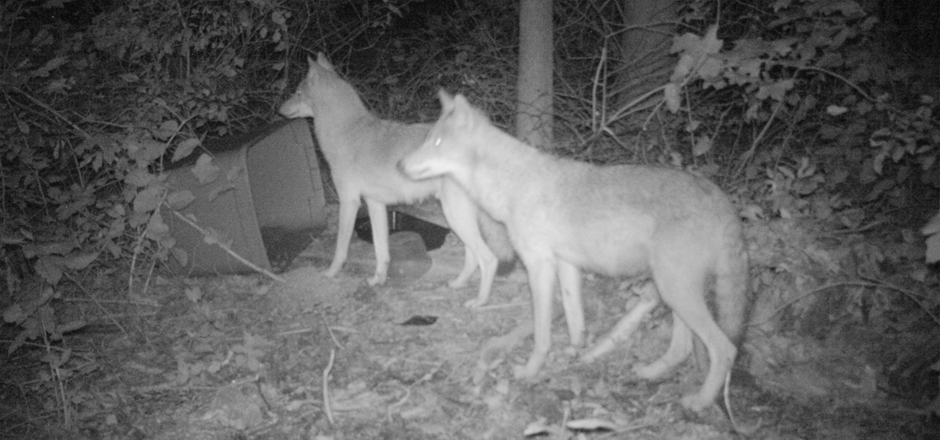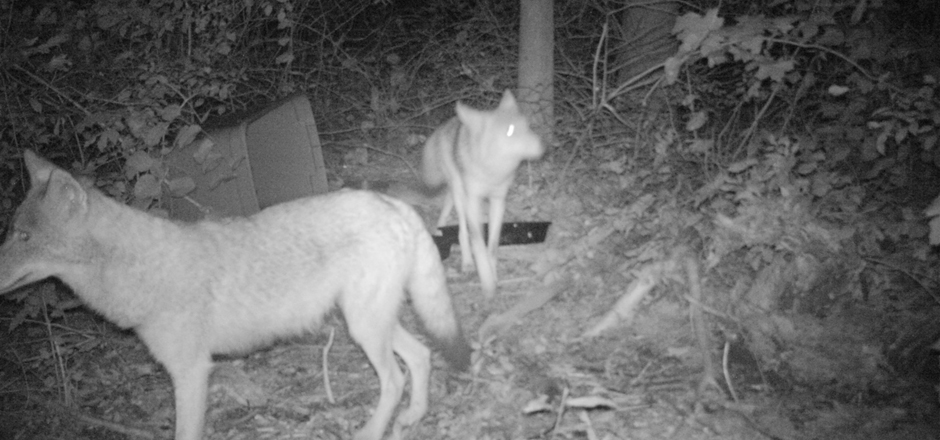“Easy pickin’s” create coyote problems—and problem coyotes. Coyotes are very resourceful animals that have adapted well to human environments. But living in close proximity to humans presents risks for both species, so ways need to be found to minimize chances of contact and conflict.
According to the Narragansett Bay Coyote Study, the most effective way to reduce human-coyote conflict is to reduce the coyote food supply. The more food available, the more pups they will have and the smaller the territory they will have to defend. The result will be more coyotes per square mile and more risk of contact with humans. Also, reducing food attractants in residential areas will cut back on coyote traffic and foraging in neighborhoods.
Coyotes are hunters by nature but also scavengers that will quickly adapt their diet to include whatever is easiest. Feeding a coyote, either intentionally or unintentionally, can have unfortunate consequences for both the animal, the feeder, and the community. Coyotes subsidized by humans may lose their fear of humans, become more aggressive, and have to be removed by lethal means. Think of it this way: “a fed coyote is a dead coyote.”
To prevent unintentional feeding, the following attractants should be removed or controlled:
-
-
-
- Uncovered garbage cans and compost piles
- Open dumpsters and trash heaps
- Fruit dropped from trees or vegetables rotting in the garden
- Pet food left outside
- Feral cat colonies and feeding stations—a magnet for coyotes that eat the cat food and prey on the cats (check out the photos above)
- Unprotected chickens or other small livestock
- Road kill and other dead animals
Remember: every town on Aquidneck Island has a “no-feeding ordinance” that prohibits providing food to coyotes. If you commonly see coyotes that appear unafraid where you live or work, especially during daytime hours, they may be getting fed there. If you suspect coyotes are being fed in your neighborhood, you should identify where and work with neighbors to clean up food attractants. If that fails, alert the police. Easy pickings in neighborhoods create “habituated” coyotes that have lost their fear of humans and are a threat to public safety. Police take this seriously and fines can be as high as $500 per incident.
To view our video on habituation, Creating Urban Coyotes, click here.
Photos courtesy of: ©The Conservation Agency. Scenes from a feral cat feeding station.
-
-


